Neural organoids exhibit key aspects of learning and memory, including input-specific synaptic plasticity, basal and evoked immediate early gene expression, and critical network dynamics, highlighting their value in modeling human neurophysiology.


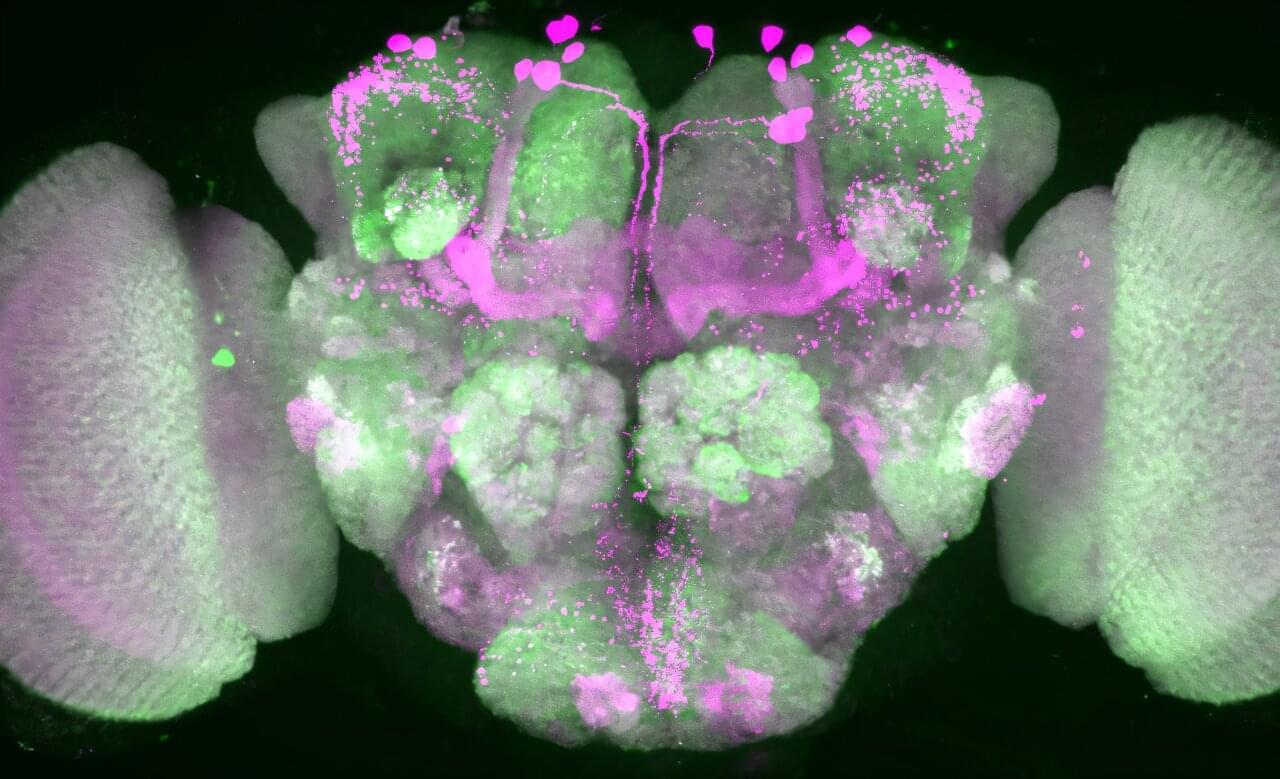
Flies too need their sleep. In order to be able to react to dangers, however, they must not completely phase out the environment. Researchers at Charité–Universitätsmedizin Berlin have now deciphered how the animal’s brain produces this state. As they describe in the journal Nature, the fly brain filters out visual information rhythmically during sleep—so that strong visual stimuli can still wake the animal.
Periods of rest and sleep are vital—presumably for all animals.
“Sleep is essential for physical regeneration, and in humans and many animals it is also fundamental for memory formation,” explains Prof. David Owald, a scientist at Charité’s Institute of Neurophysiology and leader of the recently published study. It was previously unclear how an organism reduces its response to stimuli sufficiently to be able to regenerate, while still remaining alert enough to respond to external dangers.
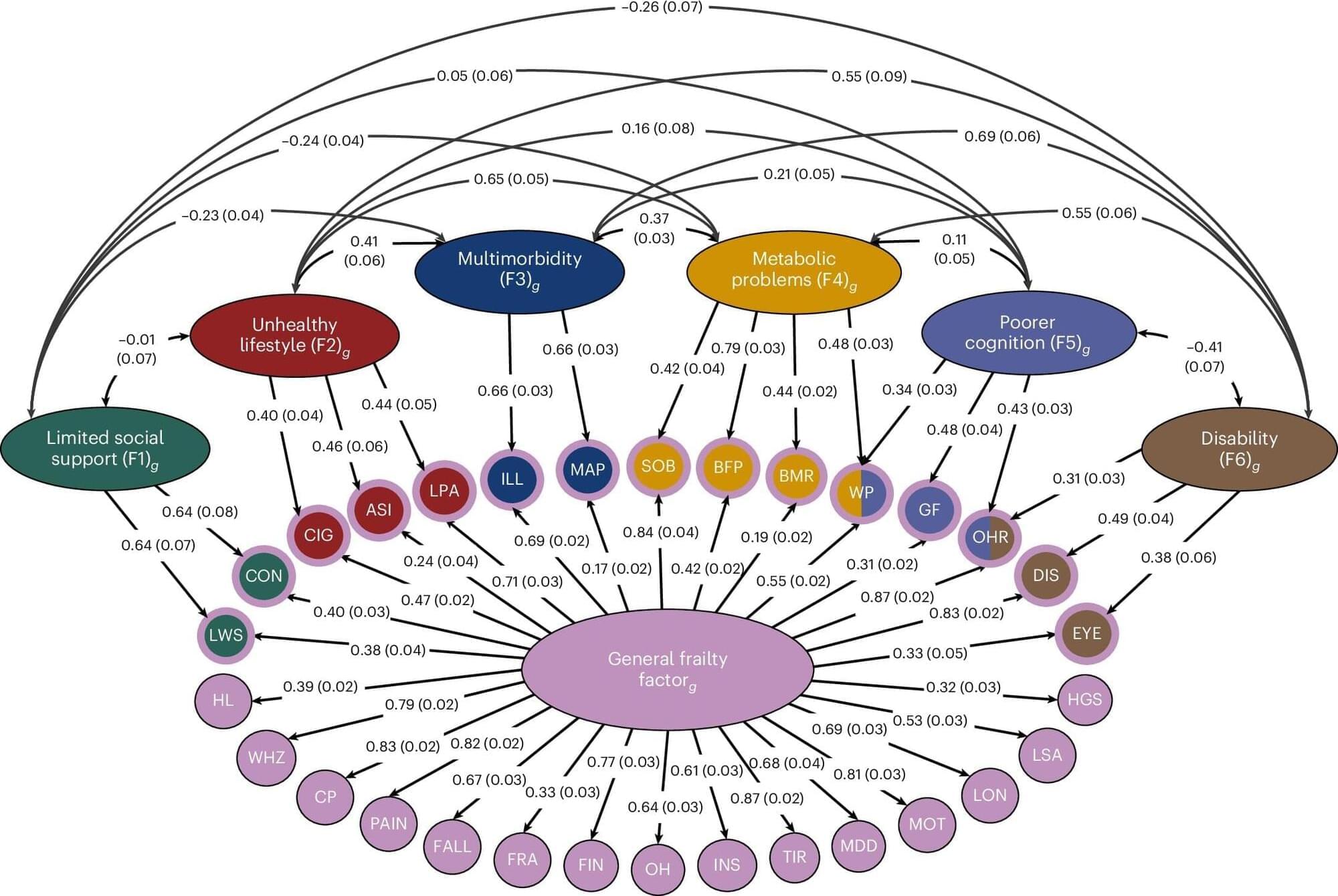
It’s a fact of life: Some people age better than others. Some ease into their 90s with mind and body intact, while others battle diabetes, Alzheimer’s or mobility issues decades earlier. Some can withstand a bad fall or bout of the flu with ease, while others never leave the hospital again.
New University of Colorado Boulder-led research, published in Nature Genetics, sheds light on why that is.
In it, an international team of co-authors identifies more than 400 genes associated with accelerated aging across seven different sub-types. The study reveals that different groups of genes underlie different kinds of disordered aging, a.k.a. frailty, ranging from cognitive decline to mobility issues to social isolation.
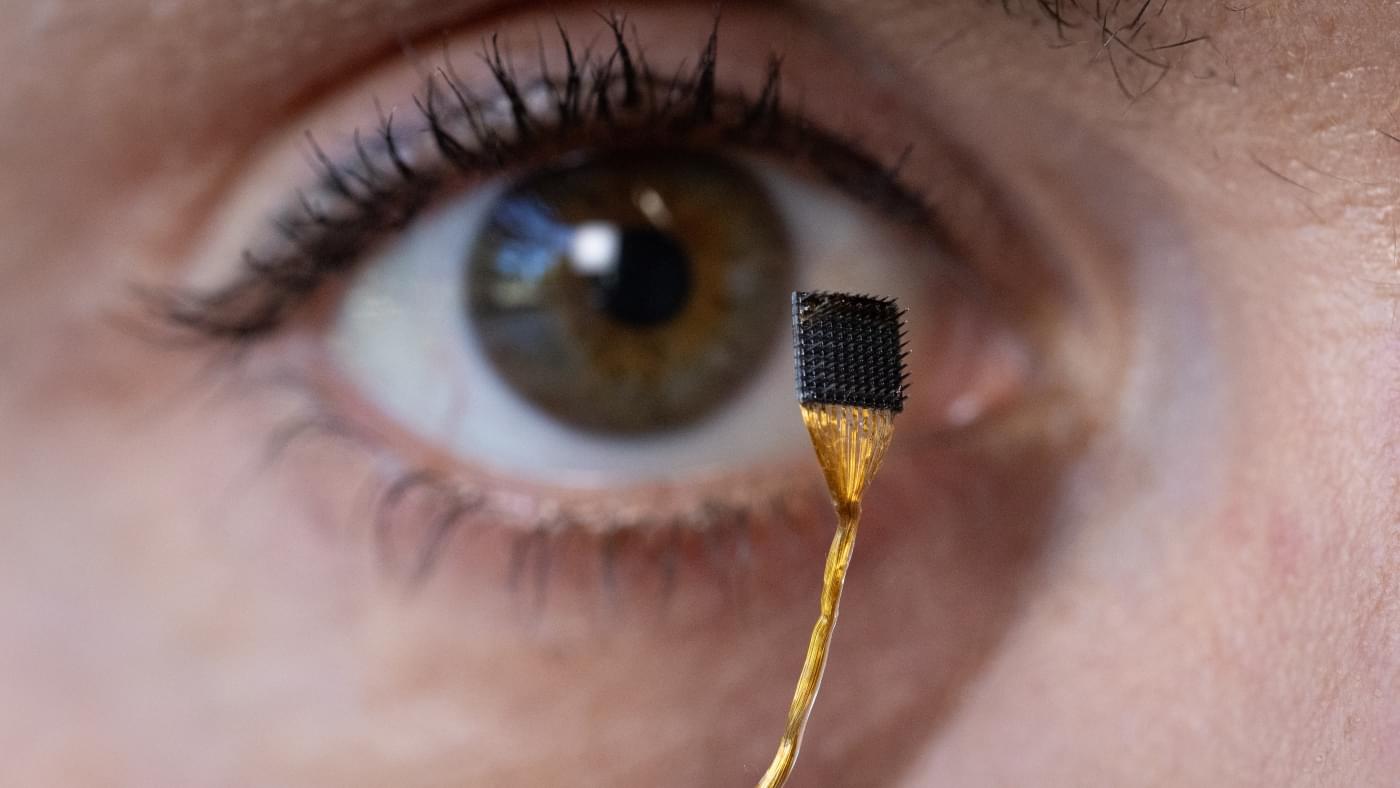


With the intensification of global aging, the incidence of age-related diseases (including cardiovascular, neurodegenerative, and musculoskeletal disorders) has been on the rise, and cellular senescence is identified as the core driving mechanism. Cellular senescence is characterized by irreversible cell cycle arrest, which is caused by telomere shortening, imbalance in DNA damage repair, and mitochondrial dysfunction, accompanied by the activation of the senescence-associated secretory phenotype (SASP). In this situation, proinflammatory factors and matrix-degrading enzymes can be released, thereby disrupting tissue homeostasis. This disruption of tissue homeostasis induced by cellular senescence manifests as characteristic pathogenic mechanisms in distinct disease contexts. In cardiovascular diseases, senescence of cardiomyocytes and endothelial cells can exacerbate cardiac remodeling.
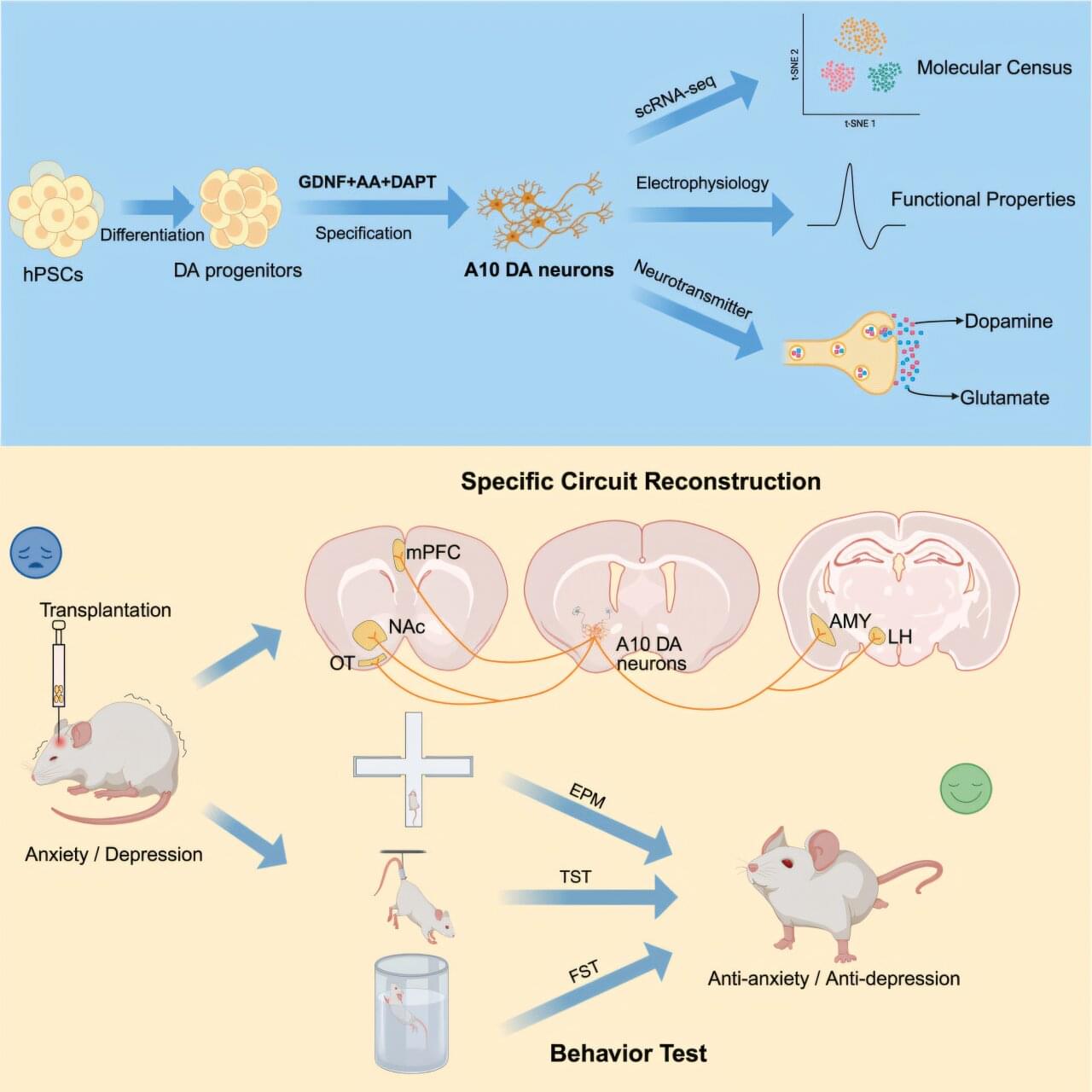
The Institute of Neuroscience, Chinese Academy of Sciences, reports that human stem cell-derived A10-like midbrain dopaminergic neurons integrate into mouse mesocorticolimbic circuits and suppress anxiety and depression behaviors upon activation.
Midbrain dopaminergic neurons regulate voluntary movement, reward, motivation, cognition, and emotions. A10 ventral tegmental area neurons connect with nucleus accumbens, amygdala, olfactory tubercle, and medial prefrontal cortex. Dysfunction of the A10 system is implicated in drug addiction, schizophrenia, and depression.
Human pluripotent stem cells enable fresh production of disorder-relevant neurons, with previous success in enriching A9 neurons for Parkinson’s disease therapy. Efficient differentiation of human A10 dopaminergic neurons remains elusive.

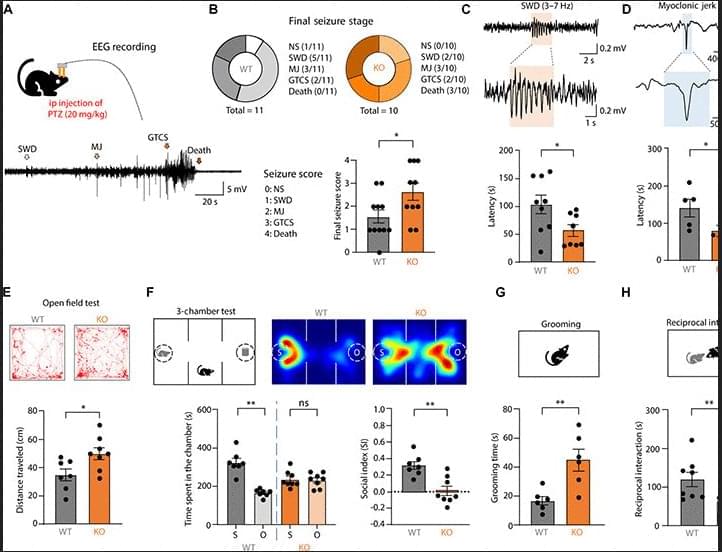
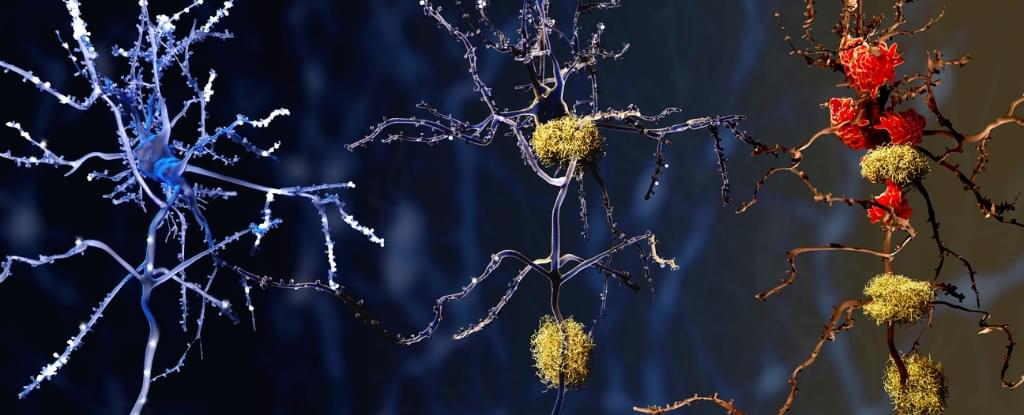
Scientists have revealed that immune cells in Alzheimer’s brains behave differently from those in brains of people without the disease – a discovery that could lead to new treatments.
Published in 2023, an analysis of human brain tissue discovered microglia in the brains of people with Alzheimer’s were more frequently in a pre-inflammatory state, making them less likely to be protective.
Microglia are immune cells that help keep our brains healthy by clearing waste and preserving normal brain function.